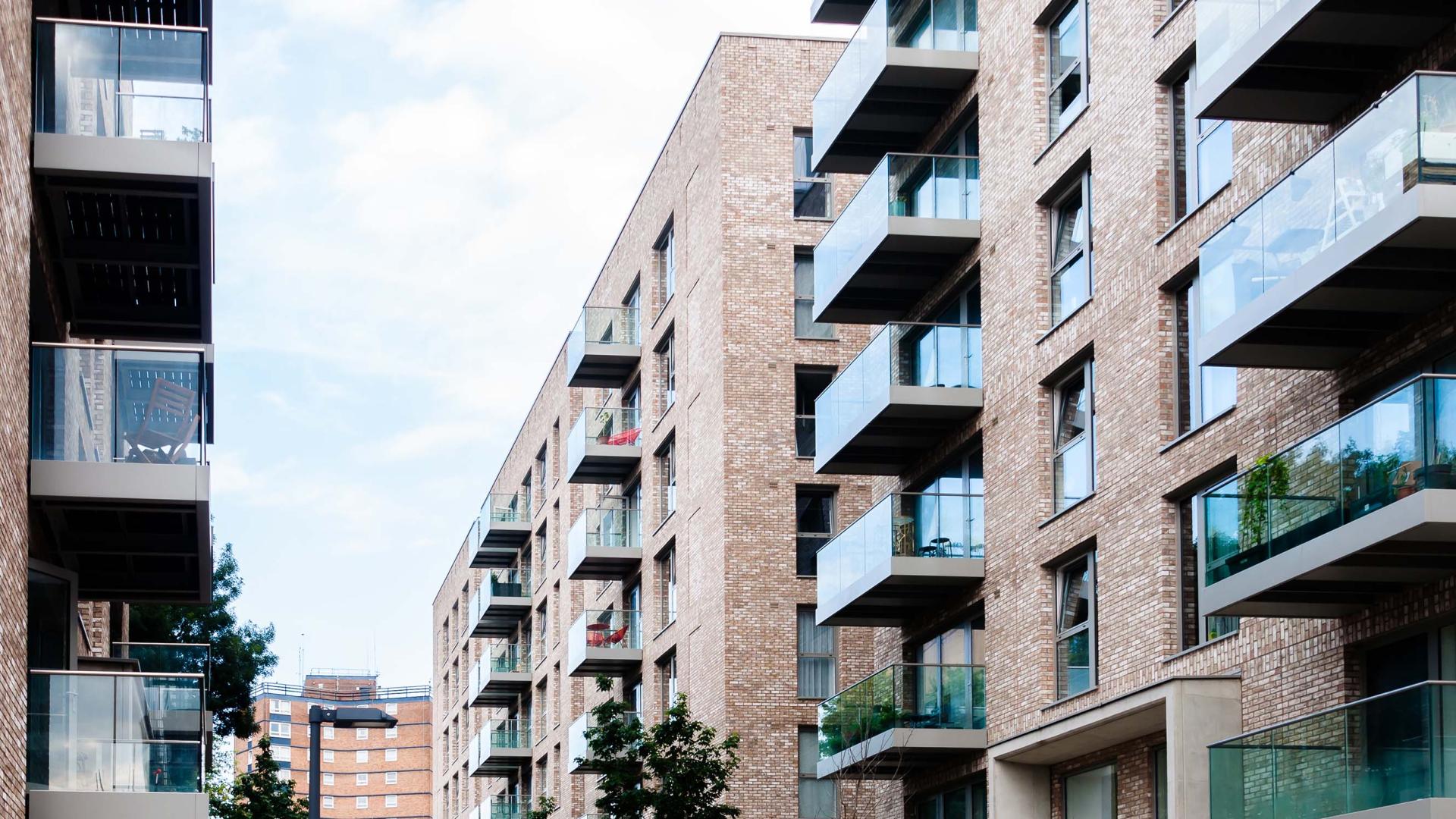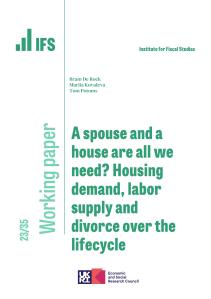The Conservative Party has pledged to introduce a new Help to Buy equity loan scheme if it wins power. Help to Buy Equity Loan was in place in England – in one form or another – between 2013 and 2023. So far, we only have partial information about what features the Conservative Party’s planned scheme would have, and how closely it would resemble previous schemes. This could make a big difference to how the policy might affect potential buyers, sellers, property developers and the taxpayer.
The Conservative proposal has the following characteristics:
Equity loans would be available to first-time buyers purchasing a new-build property.
The loans would be worth up to 20% of the property’s value.
Buyers could purchase with a 5% deposit.
The loans would be interest-free for the first five years.
Developers would contribute a quarter of equity loan costs.
The scheme would run for three years.
This policy appears to differ from previous schemes which, since 2016, allowed loans of up to 40% of the property value for new-builds in London. If reintroduced at this 20% level in all regions, the scheme would be expected to have less of an impact in London than the previous schemes. The Conservative proposal does not specify how the interest rate would be set after the five-year interest-free period. Under the 2021 to 2023 scheme, the interest rate paid on the equity loan from the sixth year of the loan onwards increased by CPI inflation plus 2%.
A scheme of this sort could help potential first-time buyers get onto the housing ladder by reducing the size of the deposit they require to buy a house. Such a scheme may also help make mortgage repayments more affordable in the short-term because no interest or repayment of the equity loan is required initially. However, buyers would need to be comfortable with beginning to make interest payments after five years or planning to remortgage or (partly) repay the equity loan at that point.
The interest-free period is in effect a government subsidy for home purchases. The intent is that this subsidy will make it easier for buyers to afford a property. But there are pitfalls here too: Evaluations of the first Help to Buy equity loan scheme found that a substantial minority of those who used it did not need its support to buy a property. And not all of the subsidy ends up benefitting the buyer; in previous iterations of Help to Buy some of the subsidy instead benefitted developers in the form of higher sale prices and profits. In some parts of the country, the Help to Buy scheme did increase construction of new-builds in the short-term. But in areas where housebuilding is more difficult - like London - the subsidy instead pushed up prices with a limited effect on the number of new homes. While a policy that expanded credit but did not increase housing supply could still help to meet a goal of increasing homeownership for younger people, the overall desirability of such policies will depend on their wider effects too.
David Sturrock, Senior Research Economist at the IFS said:
“A new Help to Buy equity loan scheme could help potential homebuyers to get onto the housing ladder by reducing the deposit they require and making repayments more manageable in the short-term. The Conservatives’ proposed scheme would not only expand access to credit but also be a subsidy to the housing market because the equity loan is initially interest-free. While the government may end up making a profit on the scheme if house prices rise, experience from past schemes suggests that some of the subsidy will be captured by developers in the form of higher prices and profits and that some who buy would be able to do so without the scheme. Any new scheme should seek to learn lessons from the past.”










